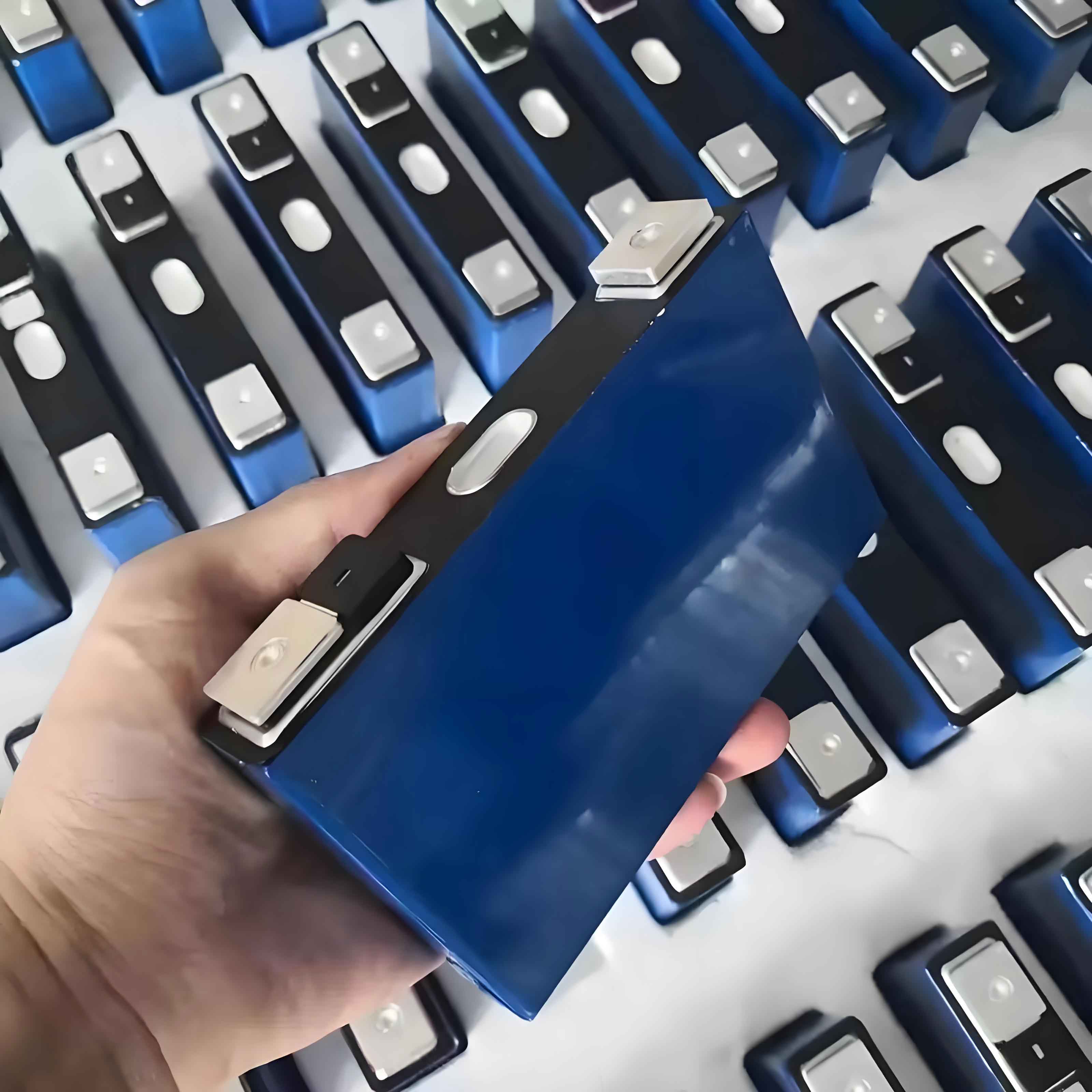The LiFePO4 battery has emerged as a dominant player in energy storage systems due to its low cost, environmental compatibility, and exceptional thermal stability. Despite these merits, intrinsic limitations such as poor electronic conductivity and sluggish lithium-ion diffusion hinder its application in high-power devices. Carbon coating has been widely adopted to address these issues, yet challenges persist, including uneven coating distribution, excessive carbon content, and structural instability. Heteroatom doping into carbon matrices has proven transformative, offering enhanced electronic conductivity, optimized lithium-ion transport, and improved cycle life. This review synthesizes recent advancements in heteroatom-doped carbon coatings for LiFePO4 cathodes, focusing on single-, dual-, and multi-atom doping strategies, their electrochemical impacts, and future research directions.

1. Carbon Coating: A Foundation for LiFePO4 Battery Performance
Carbon coating is indispensable for improving the electronic conductivity of LiFePO4. The technique involves encapsulating LiFePO4 particles with a conductive carbon layer, which bridges isolated particles and suppresses grain growth during synthesis. However, conventional carbon coatings suffer from:
- Non-uniform thickness: Leading to inconsistent charge transfer.
- High carbon content (>5 wt%): Reducing volumetric energy density.
- Limited Li⁺ permeability: Due to disordered carbon structures.
Heteroatom doping introduces defects, tailors electronic structures, and enhances Li⁺ adsorption kinetics. For instance, nitrogen (N) doping creates electron-rich sites, while boron (B) lowers energy barriers for Li⁺ diffusion.
2. Synthesis Strategies for Heteroatom-Doped Carbon Coatings
Two primary methods dominate heteroatom doping:
2.1 In Situ Doping
In situ doping integrates heteroatoms during LiFePO4 synthesis. This ensures uniform distribution and strong bonding between dopants and the carbon matrix. Common precursors include:
- Nitrogen sources: Melamine, urea, or ionic liquids.
- Sulfur sources: Thiophene derivatives or elemental sulfur.
- Boron sources: Boric acid or boron nitride.
Example: Using polyvinylpyrrolidone (PVP) as a carbon and nitrogen source during sol-gel synthesis yields N-doped LiFePO4/C with a discharge capacity of 162 mAh·g⁻¹ at 0.1 C.
2.2 Ex Situ Doping
Ex situ methods involve post-synthesis modification, such as chemical vapor deposition (CVD) or plasma treatment. While flexible, this approach often results in inhomogeneous coatings.
3. Single-Atom Doping Strategies
3.1 Nitrogen Doping
Nitrogen’s high electronegativity modifies the carbon lattice, creating active sites for Li⁺ adsorption. N-doped carbon coatings exhibit:
- Enhanced electronic conductivity: Due to sp² hybridization and π-electron delocalization.
- Improved Li⁺ diffusion: Pyridinic and graphitic N sites lower activation energy.
Electrochemical Performance:
| Material | Discharge Capacity (0.1 C) | Capacity Retention (100 cycles) |
|---|---|---|
| LiFePO4@N-C | 171.9 mAh·g⁻¹ | 95.8% |
| Undoped LiFePO4/C | 145.2 mAh·g⁻¹ | 82.3% |
The electronic conductivity (σ) of N-doped carbon follows:σ∝Ndopant⋅e−kTEa
where Ndopant is the dopant concentration and Ea is the activation energy.
3.2 Boron Doping
Boron’s electron-deficient nature induces p-type conductivity, facilitating hole transport. B-doped LiFePO4/C shows:
- Reduced charge-transfer resistance: From 156.5 Ω to 49.1 Ω.
- Suppressed particle aggregation: Due to stronger B–O bonding.
Example: LiFePO4@B₀.₄-C delivers 164.1 mAh·g⁻¹ at 0.1 C and 126.8 mAh·g⁻¹ at 10 C.
3.3 Sulfur Doping
Sulfur introduces polar S–C and S–S bonds, enhancing Li⁺ adsorption. S-doped coatings exhibit:
- Higher Li⁺ storage: Due to enlarged interlayer spacing.
- Reduced irreversible reactions: With electrolytes.
Electrochemical Performance:
| Material | 10 C Capacity | Cycle Life (1,000 cycles) |
|---|---|---|
| LiFePO4@S-C | 126 mAh·g⁻¹ | 94.5% retention |
3.4 Phosphorus and Fluorine Doping
- Phosphorus: Increases graphitization and creates microporous structures.
- Fluorine: Reduces Li–Fe antisite defects and stabilizes the LiFePO4 lattice.
4. Dual-Atom Doping: Synergistic Effects
Co-doping leverages complementary interactions between heteroatoms. Notable combinations include:
4.1 N–B Co-Doping
N and B form donor-acceptor pairs, enhancing both n- and p-type conductivity. N–B-doped LiFePO4/C achieves:
- Lower polarization: ΔE reduced by 40 mV.
- Faster Li⁺ diffusion: DLi+=2.56×10−14 cm²·s⁻¹.
4.2 N–S Co-Doping
S introduces sulfonic acid groups, while N provides electron-rich sites. N–S-doped LiFePO4@NSC exhibits:
- High-rate capability: 123 mAh·g⁻¹ at 10 C.
- Ultralong cycle life: 99% retention after 200 cycles.
5. Multi-Atom Doping: Toward Optimal Performance
Triple doping (e.g., N–B–F) combines the advantages of individual dopants:
- N: Enhances electronic conductivity.
- B: Optimizes Li⁺ pathways.
- F: Stabilizes the carbon/LiFePO4 interface.
Example: LiFePO4@NBFC delivers 71.3 mAh·g⁻¹ at 15 C with 100% capacity retention over 40 cycles.
6. Challenges and Future Directions
Despite progress, critical challenges remain:
- Dopant Uniformity: Agglomeration during synthesis limits scalability.
- Carbon Content Optimization: Balancing conductivity and energy density.
- Long-Term Stability: Dopant leaching under high voltages.
Future research should focus on:
- Machine learning-guided dopant design: To predict optimal heteroatom combinations.
- Advanced characterization: In situ TEM and XAS to study doping mechanisms.
- Sustainable precursors: Biomass-derived dopants for eco-friendly synthesis.
7. Conclusion
Heteroatom-doped carbon coatings represent a paradigm shift in LiFePO4 battery technology. By tailoring electronic and ionic transport properties, these coatings unlock high-rate capability, long cycle life, and energy density previously unattainable with undoped materials. As the demand for high-performance energy storage grows, heteroatom engineering will remain pivotal in advancing LiFePO4 batteries toward next-generation applications.
